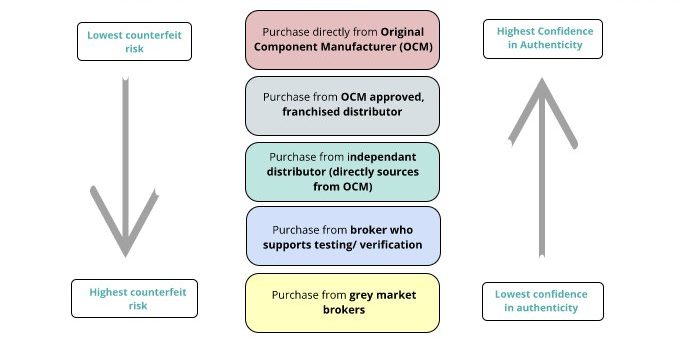NOTE details the top 7 benefits of implementing a Kanban system.
1. Mitigating long lead times
A Kanban system enables a CEM to deliver to their desired lead time by utilising our effective supply chain model and this can be implemented at sub assembly level or final assembly level.
2. Supply & Demand Flexibility
Customer demand for a product can often be erratic. A well-engineered Kanban system self regulates by pulling higher level build when demand dictates and conversely slows up when demand falls. This is proven to be far better than MRP or fixed schedules.
3. Reduced Costs
A Kanban system can also help to reduce costs in electronic manufacturing both at the OEM and the CEM. Optimal batch sizes, manufacturing within normal hours (i.e. not needing to rush and pay premiums due to spikes in demand) and ship to line supply solutions are good examples of why it is cost effective.
4. Up-issues
If a product or design is changed or updated the OEM does not have excessive finished stock that has to be used before a change can be implemented. Good change management alongside a good Kanban system leads to greater flexibility and speed to market.
5. Working Capital
With reduced stock held at the OEM there is an immediate working capital and cash flow advantage to the OEM. Freeing up cash for R&D and building the business further.
6. Less space used for storage
Components / Assemblies are delivered when they are needed in the quantity that is needed for that day or week as appropriate. This negates the need for the OEM to hold large amounts of inventory. This frees up valuable space for functions that add value to your business.
7. Reduced Waste
Overall all of the above is reducing waste in your business. No waste of valuable space, no waste of cash, less scrap or waste of old issues when changes are needed quickly, less wasted time managing the supply chain and with potential efficiency savings less wasted money/profit.


 The most simple solution to avoid counterfeit components is to buy directly from the Original Component Manufacturer (OCM). However, as we know for the vast majority of us this is not possible. Therefore, you need to decrease the chances of purchasing counterfeit components which can have a negative impact on product compliance, safety, quality, reliability and more, by following these simple guidelines.
The most simple solution to avoid counterfeit components is to buy directly from the Original Component Manufacturer (OCM). However, as we know for the vast majority of us this is not possible. Therefore, you need to decrease the chances of purchasing counterfeit components which can have a negative impact on product compliance, safety, quality, reliability and more, by following these simple guidelines.